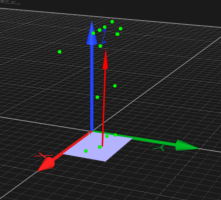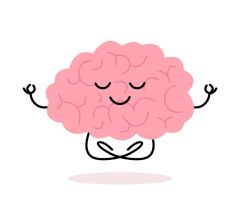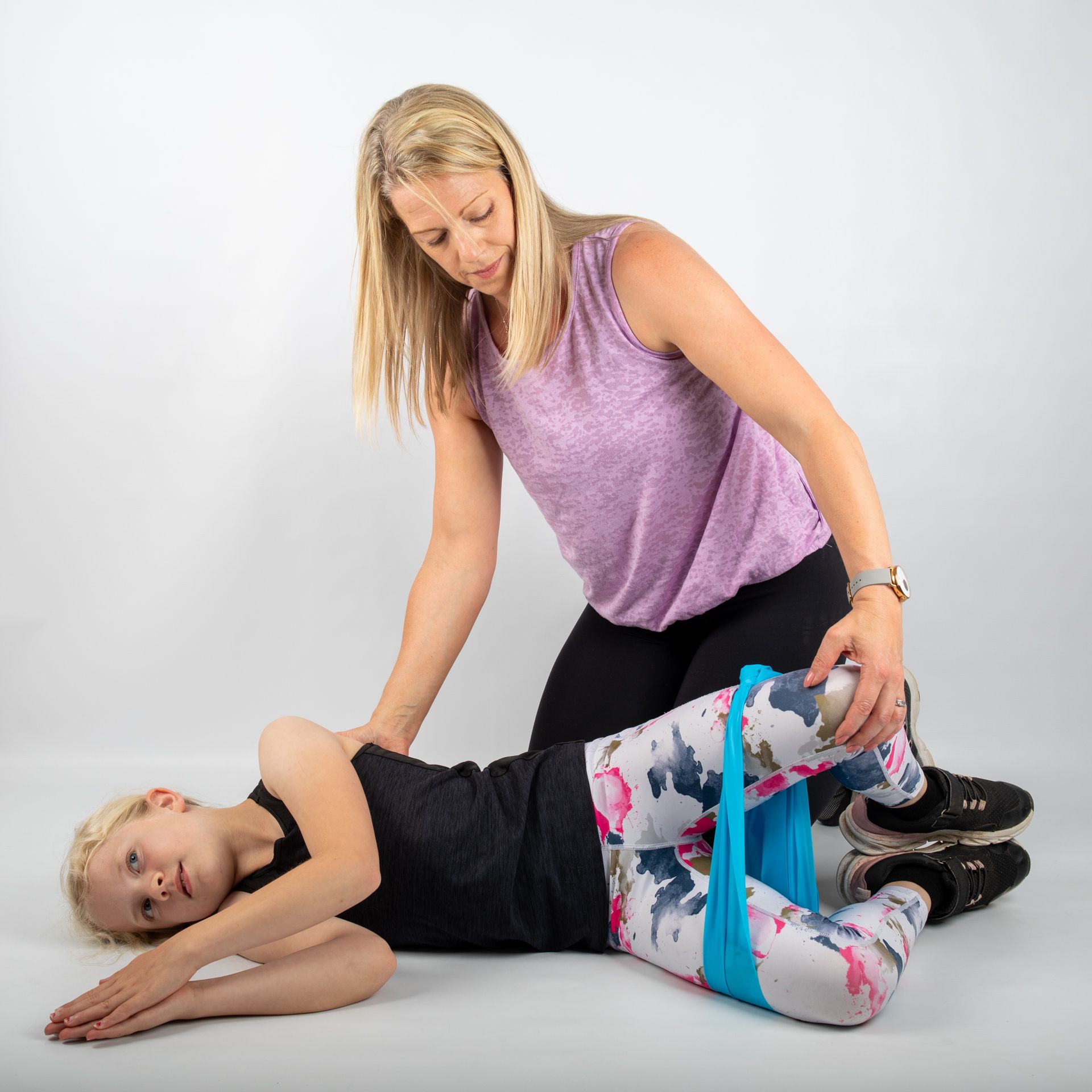What is Dance Science?
Identifying the needs of the performing arts establishment is of upmost importance in providing unique training for your performers
What is coming up during the term? What performances are planned? Knowing the demands that are required for individual sessions and over a terms worth od sessions, even what the performers are doing outside of your sessions are important for performer health. Understanding how supplementary training can aid and enhance performance and having advise from an industry professional can reduce the risk of injury as well as help them reach their full potential. A performer who is overtraining or fatigued is susceptible to injury. As well as the physical considerations, supporting psychological talent development is critical and can really support the physical training. Aspects such as a positive environment that focusses on basic psychological needs of autonomy, belonging and competency are fundamental in assisting young performers cope with the many challenges they face whether they dance for fun or for the future. There are many strategies that we can teach our students to develop as performers and people.
Legacy for the Future Generation
Dance Science is a fast growing field that is a scientific study of dance and dancers which uses biomechanics, exercise physiology, performance psychology, fitness and wellbeing principles. It aims to prevent injury, speed up recovery following an injury, enhance performance and improve health and wellbeing. Performing Arts Development aims to be a part of the growing field of dance science by providing teachers and students the skills to use dance science principles and to encourage them to question existing theories and traditions. We will look at existing and new research to inform our training as well as adding to current research. This will provide a legacy for future generations to embrace Dance Science as an important component to existing training with becoming a part of everyday dance performance.
Biomechanics

incorporates the detailed analysis of dance movements in order to minimise the risk of injury and improve aesthetic movement.
Performance Psychology

teaches skills and strategies to regulate thinking, emotions, and attention; facilitates productive environments offering dancers tools to support them through the challenges of training and performance.
Exercise Physiology

studies how exercise alters the physiology of the body. In particular, a dance physiologist seeks to understands the demands of a dance performance and uses this information to inform training to ensure optimum performance.

Menopause
Performing Arts Development is a firm believer that performers do not have to give up their training and careers as they get older. Menopause is a topic that should be addressed in a positive way and performers heading towards menopause transition and beyond need to feel supported in their roles. The fluctuation of hormones can cause uncertainty for dancers and each person will have different symptoms which are so diverse they can often be attributed to other causes. We are here to help as it is just a transitional period and if navigated correctly and individually performers can keep doing what they love to do with a few lifestyle changes. The focus of Performing Arts Development is to help dancers and performers to train efficiently to continue at their optimum level for as long as possible.

Addressing the concern of young students and resistance training
This is something that is queried on a regular basis and there has been research into the effects of strength training on young people which shows that all resistance training is safe providing it is delivered safely and effectively by a professional. Strength and conditioning is beneficial to young athletes, including dancers, as long as the training is appropriate to their training stage, age, mental capacity and competence level. The research shows that strength and conditioning can help to:
• Prevent injury
• Improve body composition
• Improve performance due to increased strength, power and endurance
• Does not increase muscle bulk if trained correctly